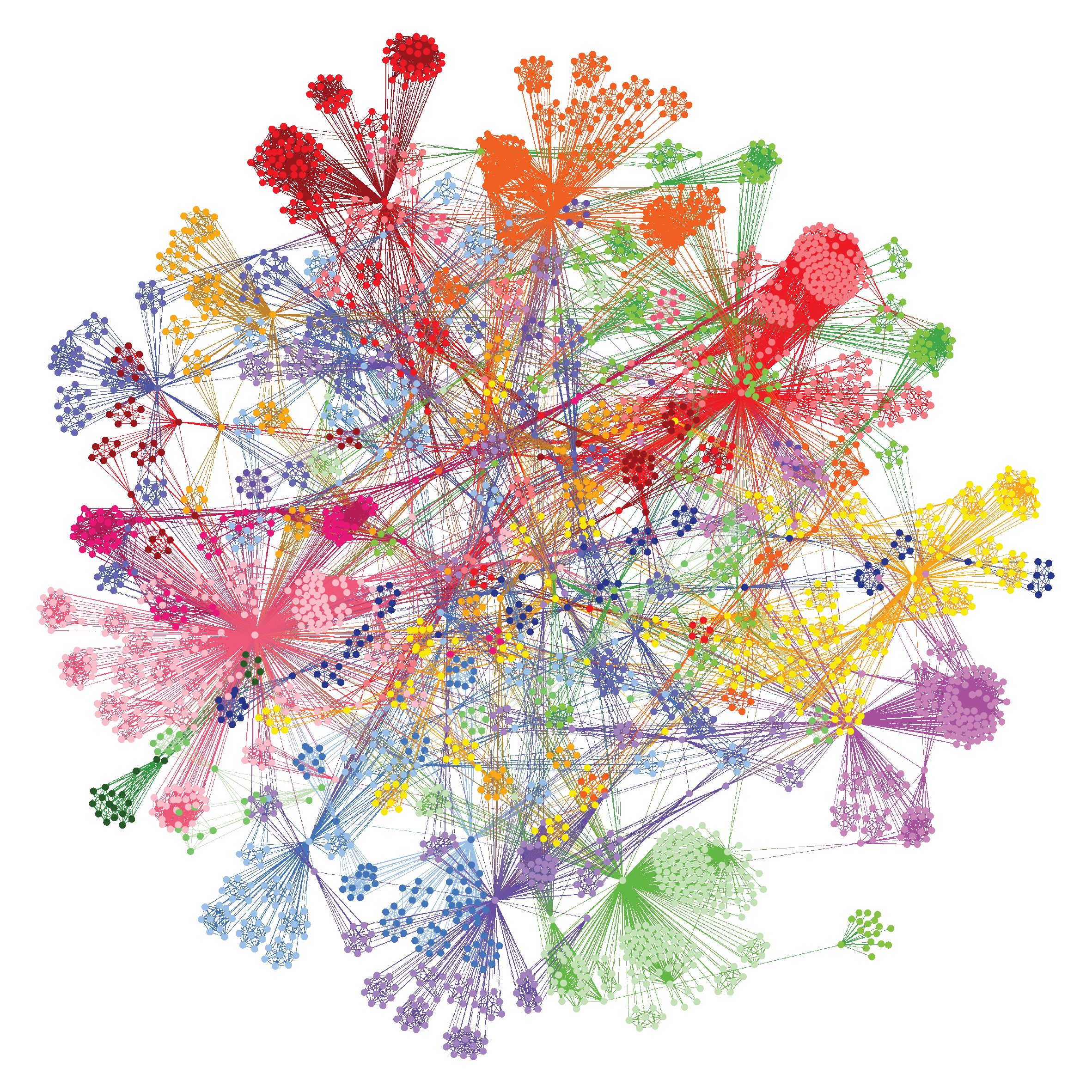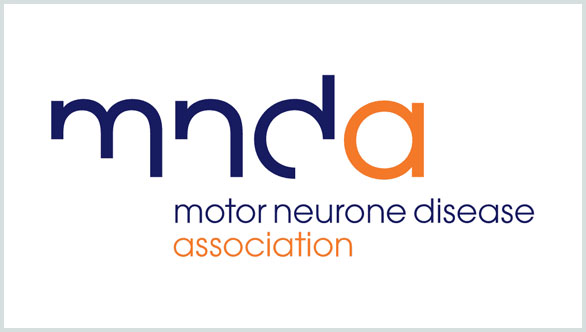Overview
ALS, also known as motor neurone disease (MND) or Lou Gherig’s disease, is a progressive, fatal neurological disease characterized by degenerative changes in upper and lower motor neurons, resulting in loss of muscle control. There are no effective therapies. Our study analyzed genetic and clinical data from 1,386 ALS patients against healthy matched controls.
For the first time, we were able to stratify ALS patients into six clinically relevant subgroups based on their genetic differences.
This study rapidly generated novel disease insights that can't be seen using other analysis methods.






